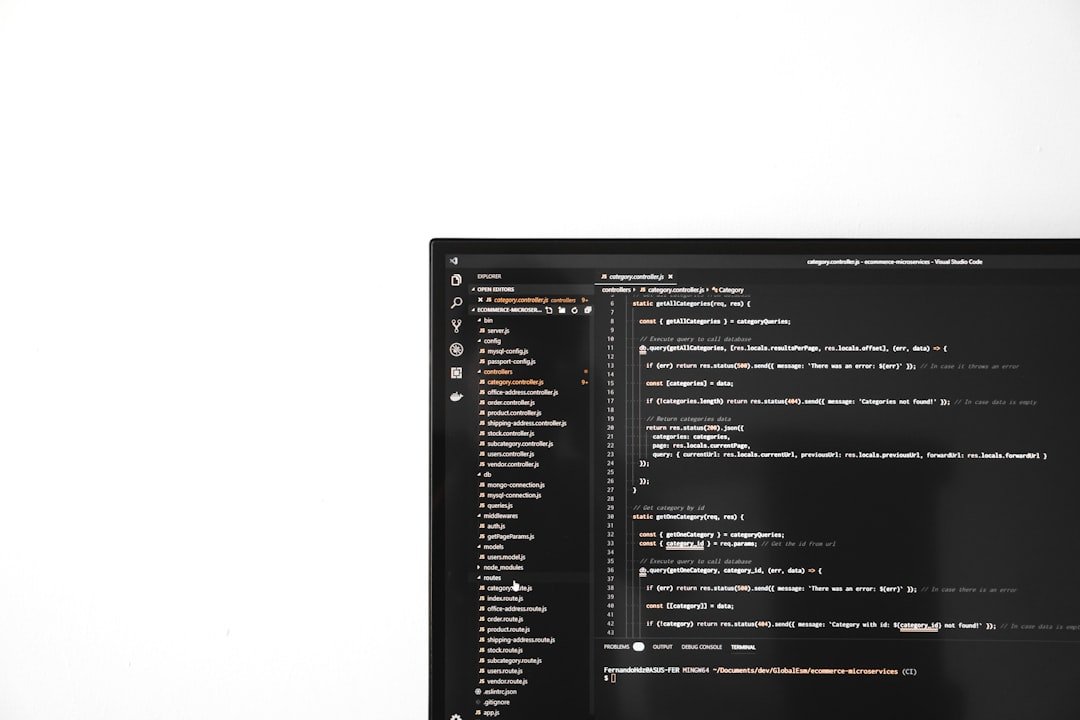web development guide
Are you interested in building a career in web development or launching your own website? With so many resources available, getting started can be overwhelming. In this comprehensive web development guide, we’ll walk you through the fundamentals, best practices, and advanced techniques to help you succeed in the world of web development.
What is Web Development?
Web development refers to the process of building and maintaining websites, web applications, and mobile applications. It involves a range of tasks, including:
- Designing and developing user interfaces
- Writing clean, efficient, and well-documented code
- Testing and debugging applications
- Deploying and maintaining websites and applications
Web Development Basics
Before diving into the nitty-gritty of web development, it’s essential to understand the basics. Here are the key components:
Front-end Development
**HTML (Hypertext Markup Language)**:
used for structuring content
**CSS (Cascading Style Sheets)**:
used for styling and layout
**JavaScript**:
used for adding interactivity and dynamic effects
Back-end Development
**Server-side programming languages**:
such as Python, Ruby, and PHP
**Database management**:
using MySQL, MongoDB, and other databases
**API integration**:
connecting with third-party services
Choosing a Web Development Path
As a web developer, you’ll need to decide which path to take:
**Front-end development**:
focus on client-side development, creating user interfaces and experiences
**Back-end development**:
focus on server-side development, building robust and scalable applications
**Full-stack development**:
master both front-end and back-end development
Essential Web Development Tools
Here are some essential tools to get you started:
**Code editors**:
Visual Studio Code, Sublime Text, and Atom
**Version control systems**:
Git, SVN, and Mercurial
**Design and prototyping tools**:
Sketch, Figma, and Adobe XD
Best Practices for Web Development
To ensure success in web development, follow these best practices:
**Write clean and readable code**:
use clear variable names, comments, and modular code
**Test and debug thoroughly**:
use testing frameworks and debugging tools
**Optimize for performance**:
use caching, minification, and compression
**Prioritize security**:
use HTTPS, validate user input, and implement authentication
Advanced Web Development Techniques
Take your web development skills to the next level with these advanced techniques:
**Responsive web design**:
create adaptable and mobile-friendly interfaces
**Web accessibility**:
ensure your website is accessible to users with disabilities
**Progressive web apps**:
build fast, engaging, and installable applications
Conclusion
In this web development guide, we’ve covered the fundamentals, best practices, and advanced techniques to help you succeed in the world of web development. Whether you’re a beginner or an experienced developer, there’s always room for improvement. Remember to stay up-to-date with the latest trends and technologies, and never stop learning.
*Start building your web development skills today and take the first step towards a successful career or a stunning website!*
About Relvixis: Relvixis is a Canadian-based digital agency specializing in results-driven solutions for businesses looking to grow online.
We offer expert services in SEO optimization, web development, social media management, and marketing automation.
Our team blends creative strategy with technical precision to drive leads, enhance brand visibility, and accelerate digital performance.
To learn more or schedule a free consultation, visit
relvixis.com.







